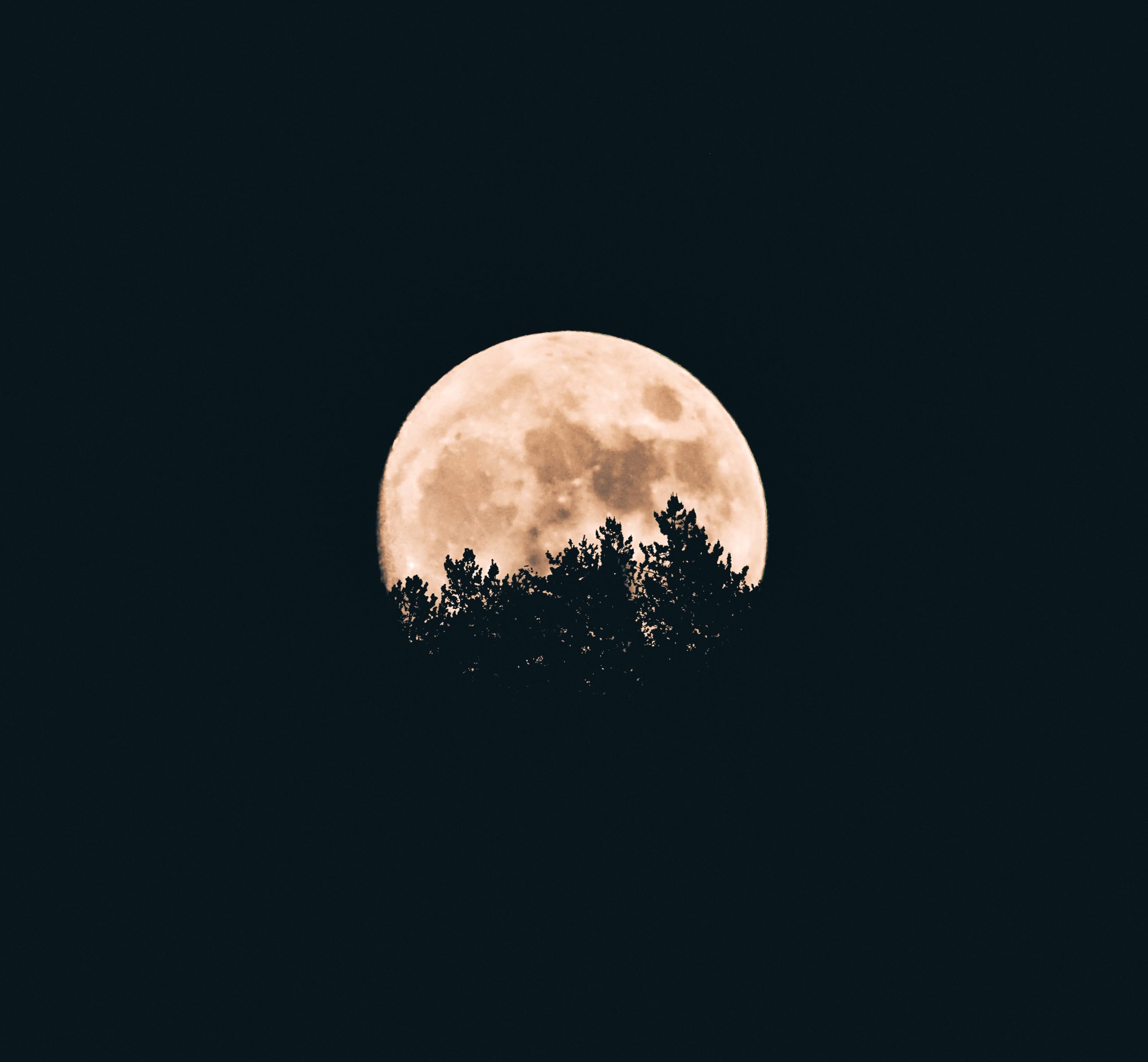Understanding the Effects of the Waxing Gibbous Moon on a Woman’s Menstrual Cycle
The moon has always had a mystical allure, and its influence on various aspects of our lives is a subject of fascination. From affecting the tides to influencing human behavior, the moon’s phases have been linked to a range of phenomena throughout history. Another area where lunar cycles are believed to play a role is a woman’s menstrual cycle. In particular, the period during the waxing gibbous moon has sparked numerous discussions and theories. In this blog post, we will explore the concept of the waxing gibbous moon and examine its potential impact on a woman’s menstrual cycle. So, let’s delve into the moon phase that falls between the first quarter and full moon!
What is the Waxing Gibbous Moon?
Before we dive into the subject, let’s start by understanding the waxing gibbous moon itself. Lunar phases occur as a result of the moon’s orbit around the Earth, which causes it to be illuminated by the sun at various angles. The waxing gibbous moon falls in the middle of the lunar month, after the first quarter and before the full moon.
To visualize the waxing gibbous moon, imagine the moon as a round disk. During this phase, the portion of the moon illuminated by the sun is larger than during the first quarter but not yet displaying the full illumination we see during the full moon. Essentially, the waxing gibbous moon appears as a large, crescent-shaped chunk of the moon’s surface.
Menstrual Cycles and the Moon
Since ancient times, many cultures have hypothesized a connection between the lunar cycle and a woman’s menstrual cycle. This belief stems from the notion that both lunar and menstrual cycles are approximately 28 days long, although this can vary from woman to woman. While scientific consensus on the matter remains divided, many individuals still ponder over the potential impact of the moon on menstruation.
For those who believe in the lunar effect, the period during the waxing gibbous moon is of particular interest. Supporters of this theory propose that the increased moonlight during this phase may have a stimulating effect on the hormonal functions that regulate menstruation.
Looking at the Research
Scientific studies surrounding the hypothesis of lunar influence on menstruation have produced mixed results. Some researchers have found weak but statistically significant correlations between lunar phases and the timing of menstruation, while others have found no such link.
In a study published in the American Journal of Obstetrics and Gynecology, researchers analyzed the menstrual patterns of 826 women over a period of two years. The data collected did not reveal any association between lunar phases and menstruation. Similar results were reported in a study published in the Journal of Obstetrics and Gynaecology, which examined the menstrual cycles of 74 women over a period of six months.
On the contrary, a study published in the journal Acta Obstetricia et Gynecologica Scandinavica reported a weak but statistically significant correlation between lunar phases and the onset of natural menstruation. The study observed 826 women over a period of two years and found a slight increase in menstrual onset during the waning gibbous phase.
While the results of these studies conflict, many researchers argue that external factors, such as stress or changes in light exposure, may contribute to variations in menstrual cycles rather than the moon itself.
Alternative Explanations
Several alternative explanations have been proposed to account for the apparent lunar-menses connection. One theory suggests that the moon’s gravitational pull may influence fluid levels within the human body, including those in the uterus. However, the gravitational pull of the moon is relatively weak compared to other factors that regulate the menstrual cycle, such as hormones.
Another hypothesis centers on the idea of synchronization. If women spend more time together during the waxing gibbous moon phase, it could lead to a synchronization of their menstrual cycles. However, this hypothesis remains speculative, and empirical evidence supporting it is scarce.
The Importance of Personal Observation
While scientific studies offer valuable insights, it is essential to remember that every woman’s menstrual cycle is unique. Many factors can influence the timing and regularity of menstruation, including stress levels, overall health, and lifestyle choices. Therefore, personal observation and tracking of one’s menstrual cycle over several months may provide individuals with a deeper understanding of their own patterns and potential correlations.
Whether you believe in the lunar effect or remain skeptical, taking note of your own experiences during the waxing gibbous phase and comparing them to other lunar phases may shed light on any potential connections specific to your body.
Final Thoughts
The waxing gibbous moon, like any other lunar phase, has stirred intrigue and debate regarding its influence on various aspects of life, including a woman’s menstrual cycle. While some studies suggest a weak correlation, the scientific consensus remains inconclusive. It is crucial to approach this topic with an open mind and consider other factors that may contribute to menstrual variations.
Ultimately, the moon continues to captivate our curiosity, and understanding its potential impact on our lives is an ongoing journey. Whether you find solace in the moon’s enchantment or view it as another celestial body, embracing the concept of personal observation allows you to explore the wonders of your own body and its unique relationship with the world around us.
Table of Contents
